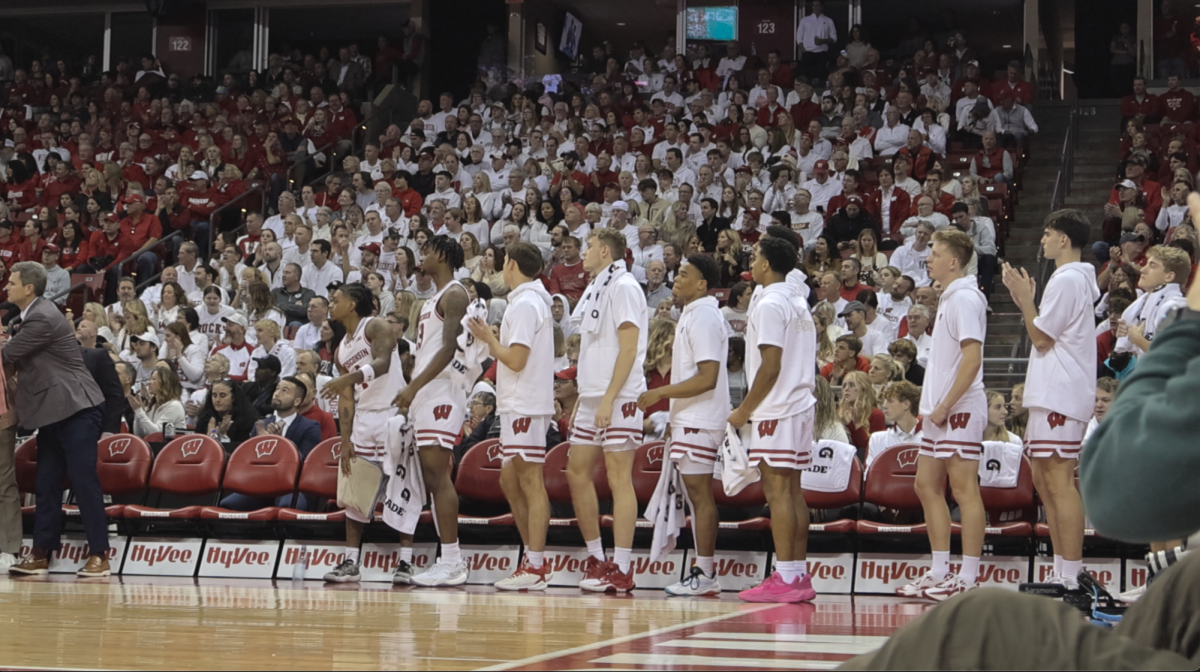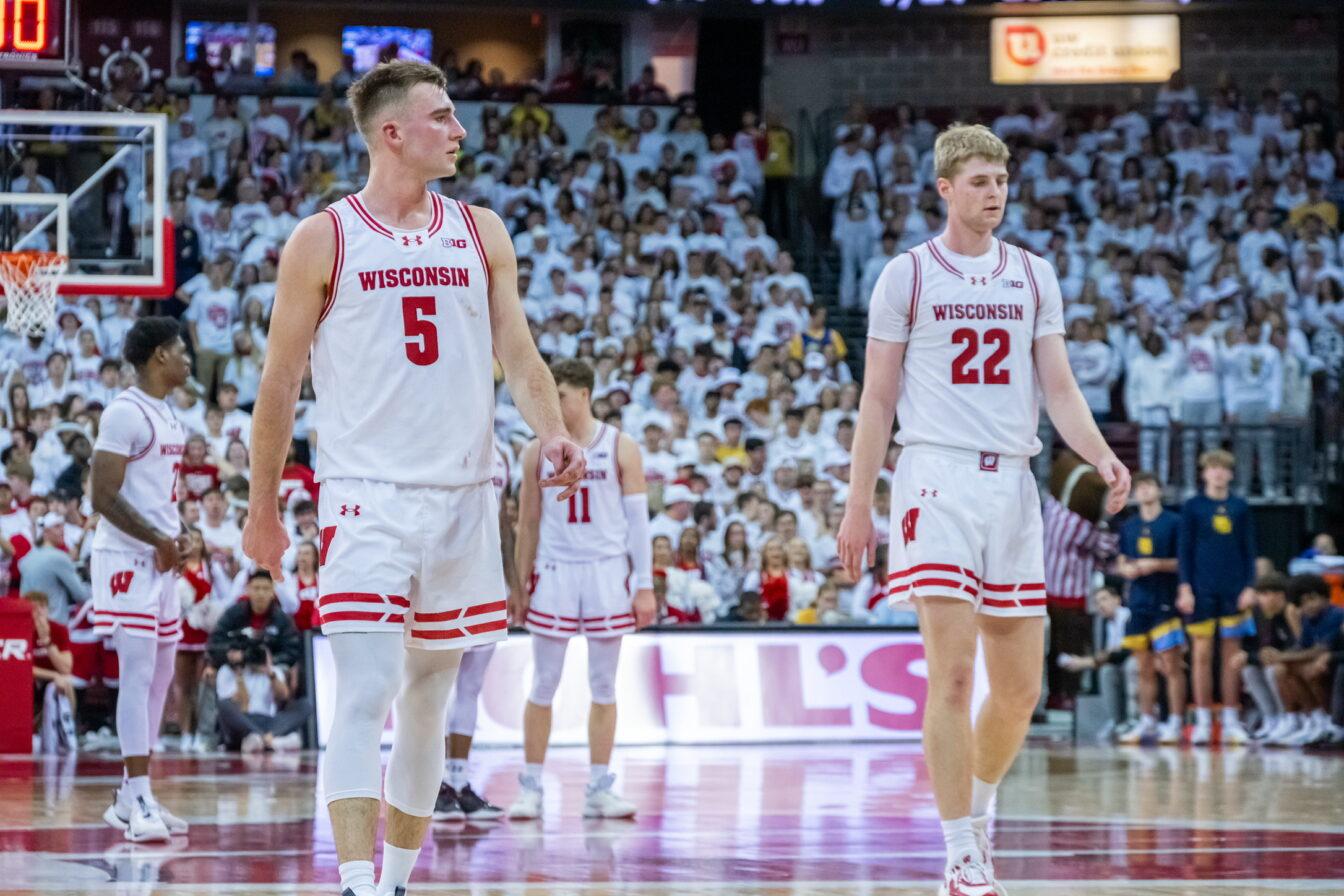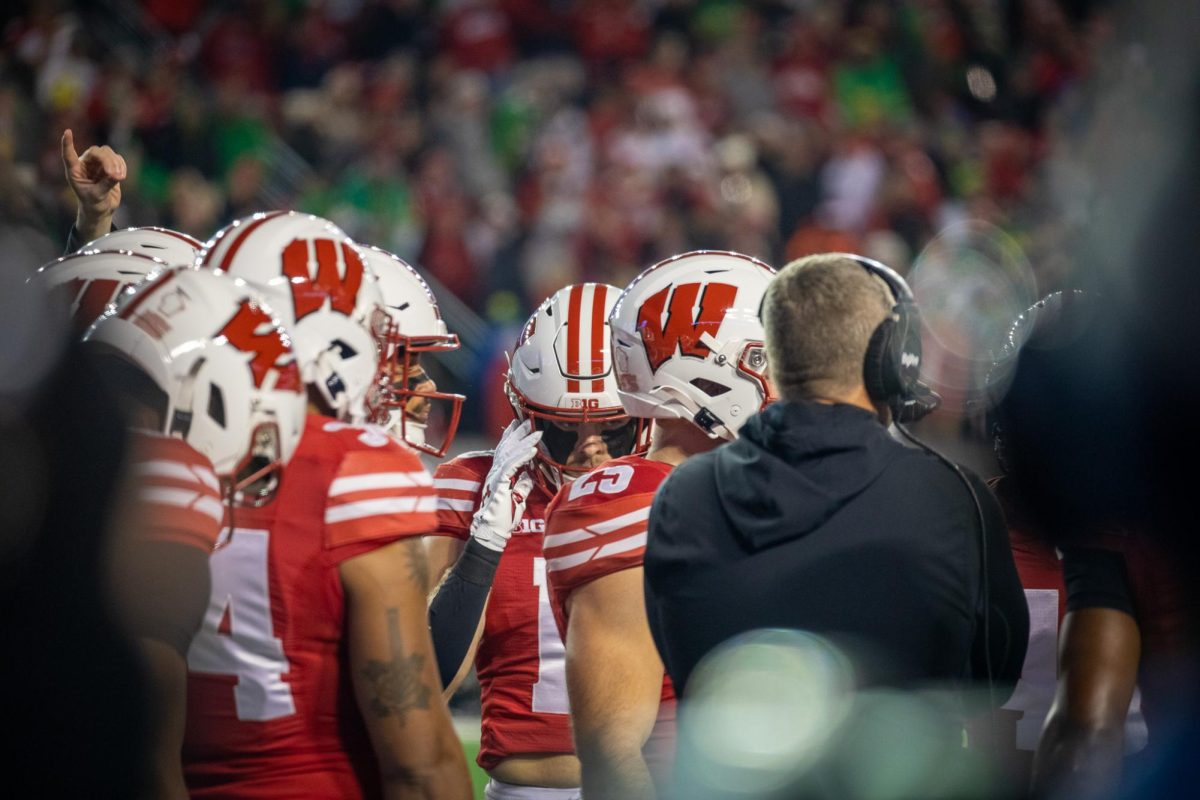Six-and-a-half years ago U.S. soccer was down and out. After a somewhat promising showing at the previous World Cup, American fans had hope for France ’98. What they got was one of the worst performances in Cup history, with Team USA. dropping all three of its group matches, including a 2-1 loss to Iran. That’s right, Iran.
However, manager Bruce Arena engineered a turn-around and led the American squad to an impressive run at the last Cup in 2002. Team USA beat a talented Portugal squad 3-2 in the group stage and knocked off rival Mexico in a dominant 2-0 victory before falling to eventual runner-up Germany in the tournament’s quarterfinals.
Now, after all of that progress, U.S. soccer may come crashing down again. The U.S. Soccer Federation and the U.S. National Team Players’ Association are currently embroiled in a labor dispute that if continued, will force the U.S. to field a team of replacement players for next month’s qualifying match against Trinidad and Tobago. The U.S.S.F. is attempting to give its players a raise, while the players want, what else, but a bigger raise.
Now whichever side has the better case is beside the point. The two sides are off by a reported $7.4 million, with the U.S.S.F. offering $14.4 million to the players and the union countering with a $21.8 demand. The money would be divided amongst the players in the national team pool based on appearances, success in the 2006 World Cup in Germany and several other credentials.
The biggest joke of the whole situation is the fact that the previous agreement ended in December … of 2002. There is absolutely no excuse for this dispute to be occurring less than a month ahead of the final round of Cup qualification. Regardless of whether the players are in fact underpaid, the two sides should have had no problem resolving the issue coming off of a World Cup that saw the United States of America establish itself as a major player on the world soccer scene. Even Gary Bettman couldn’t screw that up.
With World Cup final qualification looming in the near future, the U.S.S.F. is faced with two options: pay the regular players or field a team of replacements, dig in and prepare for more negotiating. It appears the U.S.S.F. is choosing the latter, though the deadline it is working with is Feb. 1.
If no agreement is reached by then, the team taking the field against Trinidad and Tobago won’t feature any familiar names. No Landon Donovan. No DaMarcus Beasely. In fact, no player who has game or training experience with the national team will play, as they are all members of the players’ association. Here’s the kicker though — no players from Major League Soccer will even see the pitch. According to the U.S.S.F., no one invited from the league was willing to play.
Instead, America will be represented by the 22 players currently training in Carson, Calif. Those players hail from the United Soccer Leagues and the Major Indoor Soccer League. Now, I could be wrong, but I was under the impression that World Cup qualifying matches were played outdoors.
“These are all outdoor players,” Arena told the Associated Press. “Some may be playing indoors right now, but they’re all outdoor players. They’re a good bunch. We’ll move forward and try to field a competitive team for Feb. 9.”
Wow. Quite the confident statement.
“Try to field a competitive team for Feb. 9”
How could Arena not be confident with potential players from such famed clubs as the Puerto Rico Islanders, Rochester Raging Rhinos and Richmond Kickers. These guys are solid players without a doubt, but solid is not world-class.
In order to automatically qualify for the trip to Germany, the U.S. needs to finish in the top three of the final six teams from its region, the Confederation of North and Central American and Caribbean Football, or CONCACAF. The region as a whole has improved drastically in the last several years, so even with its usual players Team USA would need a good showing. With replacements, they are going to need a miracle.
Granted, the U.S.S.F. could send out its squad of substitutes for the match against Trinidad and Tobago and attempt to rekindle negotiations to field a true team for the next qualifying match, at Mexico late in March. Now, even on the road, Trinidad and Tobago is no powerhouse; Mexico, on the other hand, is.
Losing at Trinidad and Tobago, which is a strong possibility with a team of replacements, would not end all hopes of Cup qualification. But, with games in tough road environments like Costa Rica (where the U.S. has never won), Panama and Mexico, Team USA cannot afford to give away any game because of a silly financial squabble.
The U.S.S.F. and the players’ association need to do whatever it takes to get Claudio Reyna and the rest of the regulars onto the pitch, plain and simple. While both sides are arguing about money, they are forgetting the real victim in the mess: American soccer






